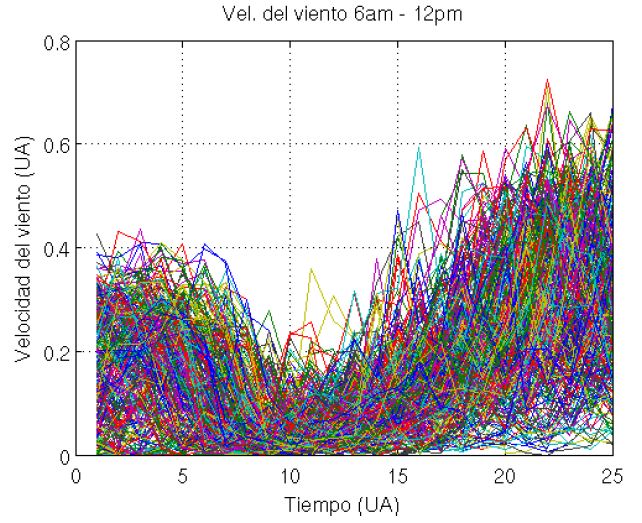Neural Networks in the prediction of microclimate, La Hechicera-Mérida-Venezuela, Case of Study
Keywords:
microclimate, neuronal network, microclimate prediction, climatic predictionAbstract
An Artificial Neural Network (RNA) was developed with capacity to make short-term climatic predictions, trained with data at intervals of 15 min for 454 days in a climatological station located in La Hechicera Mérida-Venezuela (1896 masl). For training and validation, were used simulated patterns that contain daily variations of radiance and temperature. Three test functions were chosen such as the Sine, Cosine and the Legendre Polynomials Pl(x). The (RNA) e.g, can predict the interval (0,1] using only as input the interval [-1,0] of the corresponding derivative P´l (x) of the polynomial. In the production phase with real data, it was found that the network is able to predict the temperature with approx. 5% error in the hourly range [12:15 to 06:15] pm, only with the temperature data in the range [6:00 to 12:00) am. Also, when predicting temperature from radiance (5%), radiance-radiance (16%). The use of (RNA) for the prediction of micro-climate in the short term is considered feasible, being able to extend its use to other localities, which could be useful for the development of disaster prevention plans, sowing periods, prediction of energy supply in wind and solar power stations.
Downloads

Published
How to Cite
Issue
Section
The opinions expressed by the authors do not necessarily reflect the position of the publisher of the publication or of UCLA. The total or partial reproduction of the texts published here is authorized, as long as the complete source and the electronic address of this journal are cited.
The authors fully retain the rights to their works, giving the journal the right to be the first publication where the article is presented. The authors have the right to use their articles for any purpose as long as it is done for non-profit. Authors are recommended to disseminate their articles in the final version, after publication in this journal, in the electronic media of the institutions to which they are affiliated or personal digital media.


